Mastaba of Ti: A Glimpse into Ancient Egypt
The Mastaba of Ti is a remarkable archaeological site located in the Saqqara necropolis, near Cairo, Egypt. Built during the 5th Dynasty of the Old Kingdom, it is the final resting place of Ti, a high-ranking official who served under the pharaohs Neferirkare Kakai and Nyuserre Ini. The mastaba, a type of ancient Egyptian tomb, is known for its well-preserved carvings and inscriptions, which provide invaluable insights into the life, culture, and society of ancient Egypt.
Get your dose of History via Email
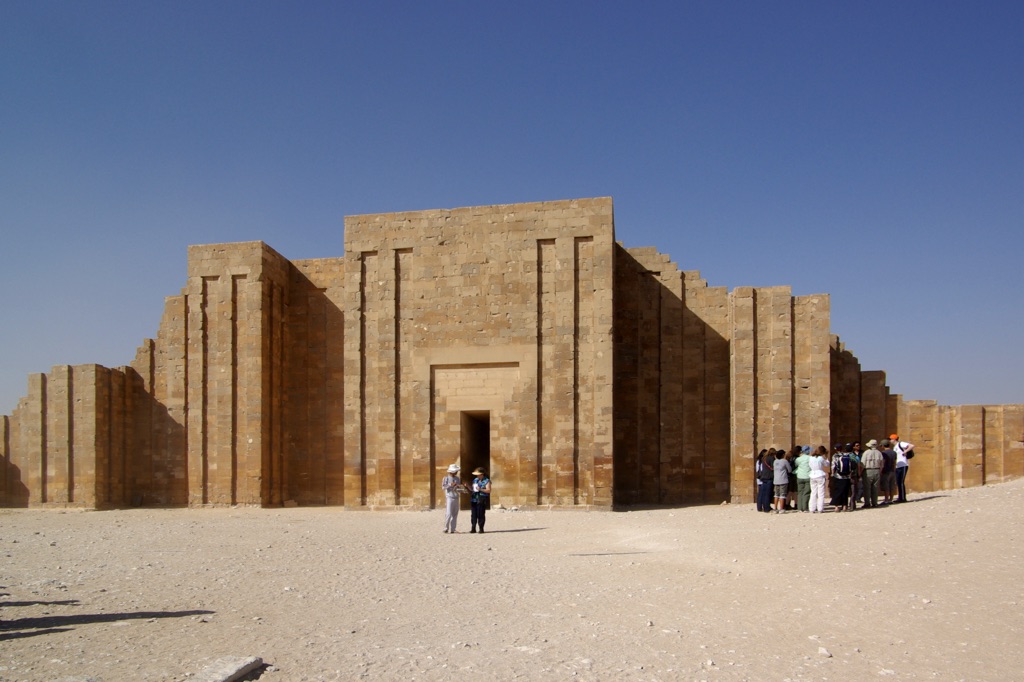
What are some of the key architectural features and discoveries made at the Mastaba of Ti?
The Mastaba of Ti stands out for its architectural sophistication and the richness of its decorations. The tomb is a large rectangular structure, made of limestone and mud-bricks, with a flat roof and inward-sloping sides. The interior consists of several chambers, including a serdab (a sealed room containing a statue of the deceased), a chapel, and an offering hall.
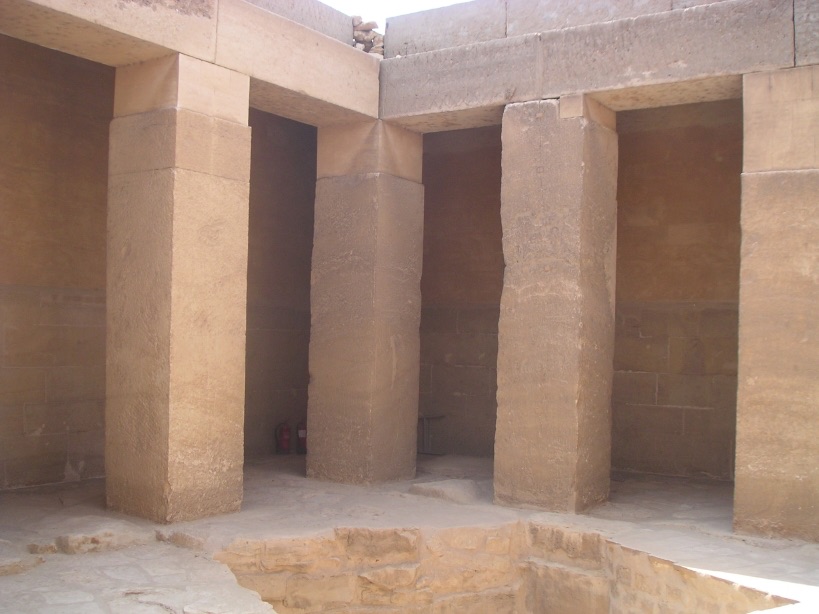
One of the most striking features of the Mastaba of Ti is its detailed reliefs. These depict a variety of scenes from daily life, such as farming, fishing, and animal husbandry, as well as more ceremonial activities like processions and offerings to the gods. The carvings are not only aesthetically pleasing but also serve as a valuable source of information about the customs and practices of the time.
Another significant discovery at the Mastaba of Ti is the false door, a common feature in ancient Egyptian tombs. This door, believed to be a conduit between the world of the living and the dead, is adorned with inscriptions and images of Ti, further highlighting his importance and status.
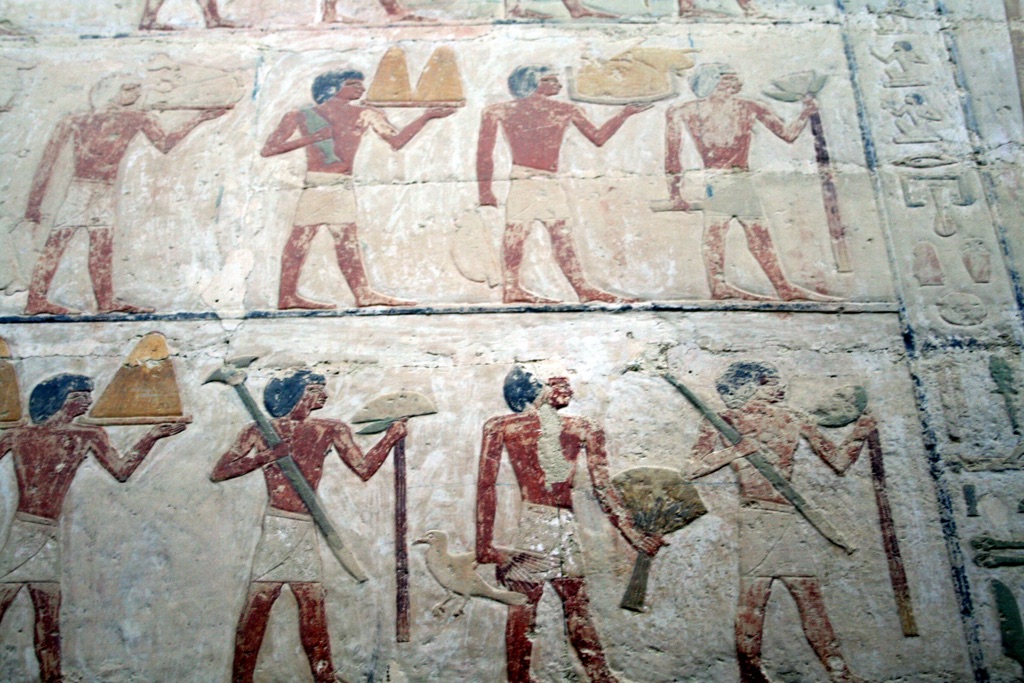
What are some of the key archaeological discoveries that have been made at the Mastaba of Ti?
Since its discovery in the 19th century, the Mastaba of Ti has yielded numerous archaeological finds. These include a wealth of artifacts, such as pottery, tools, and personal items, which shed light on the material culture of ancient Egypt.
Perhaps the most significant find is the series of beautifully preserved reliefs, which cover the walls of the tomb. These depict scenes from everyday life, as well as religious and ceremonial activities, providing a vivid picture of the society in which Ti lived.
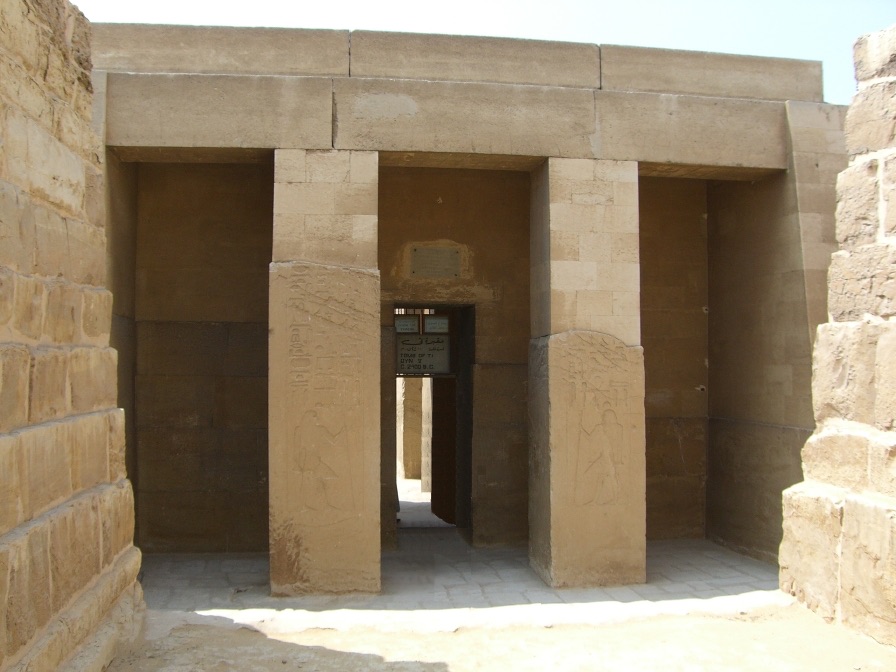
In addition to these reliefs, archaeologists have also found a number of statues and statuettes in the tomb. These include a life-sized statue of Ti, made of limestone, which was found in the serdab. The statue, which shows Ti seated in a traditional pose, is notable for its high level of craftsmanship and attention to detail.
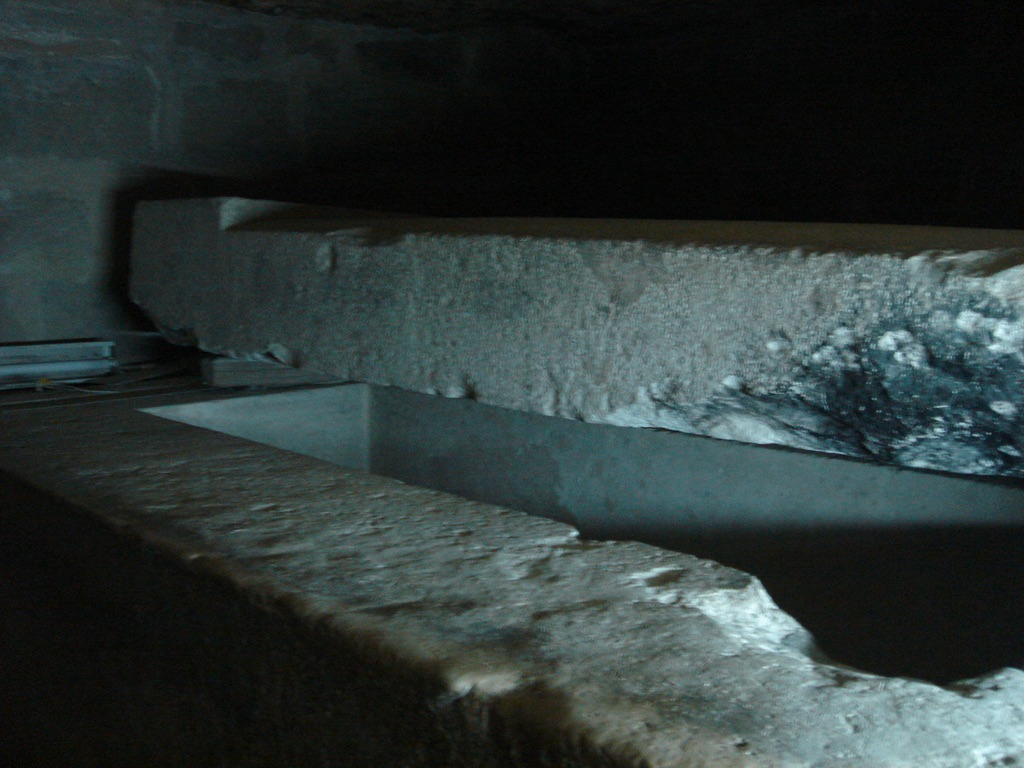
What is the historical significance of the Mastaba of Ti and what does it tell us about ancient Egyptian culture and society?
The Mastaba of Ti is of immense historical significance. As one of the best-preserved tombs from the Old Kingdom, it provides a wealth of information about the period, from the political hierarchy and religious beliefs to the everyday activities of the people.
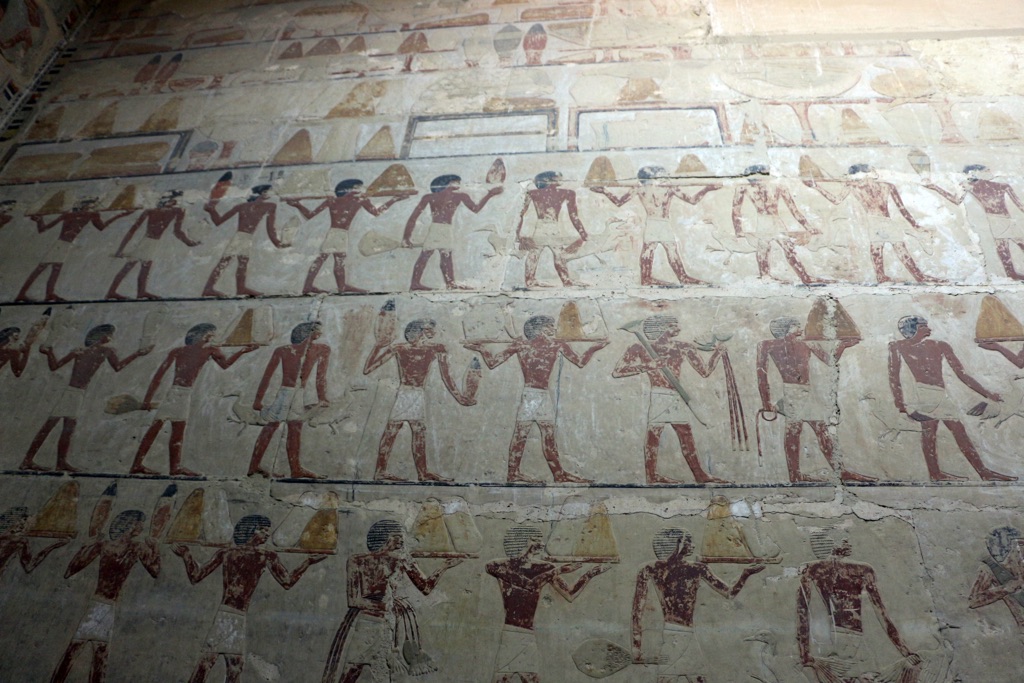
The reliefs and inscriptions in the tomb offer a glimpse into the life of the elite in ancient Egypt. They depict Ti in various roles, such as overseeing agricultural activities and receiving offerings, highlighting his high status and the respect he commanded.
The tomb also provides insights into the religious beliefs of the time. The presence of the false door, for instance, attests to the ancient Egyptians’ belief in the afterlife and the importance they placed on ensuring the comfort and well-being of the deceased in their journey to the next world.
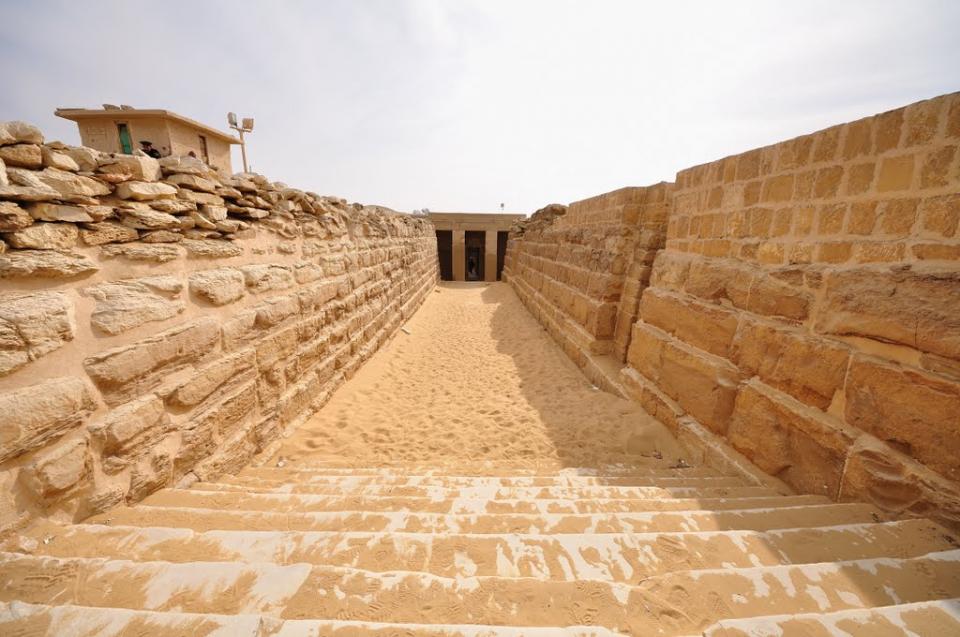
What are the unique features of the carvings and inscriptions found in the Mastaba of Ti?
The carvings and inscriptions in the Mastaba of Ti are renowned for their quality and detail. They depict a wide range of activities, from farming and fishing to music and dance, with a level of realism that is rare for the period.
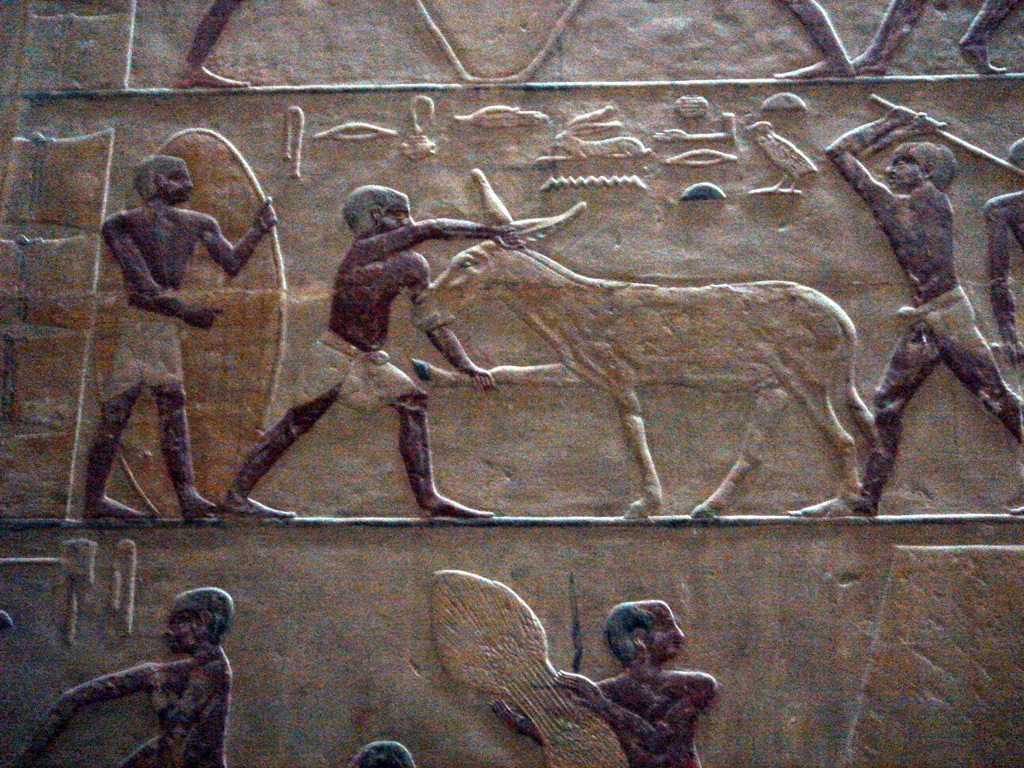
One of the unique features of these carvings is their dynamism. Unlike the static and formal style of earlier periods, the scenes in the Mastaba of Ti are full of movement and life. This is particularly evident in the depiction of animals, which are shown in a variety of poses and activities, from grazing to fighting.
The inscriptions in the tomb are also of great interest. These include the titles and epithets of Ti, as well as prayers and offerings for the deceased. The inscriptions are written in hieroglyphs, the ancient Egyptian script, and provide valuable information about the language and writing system of the time.
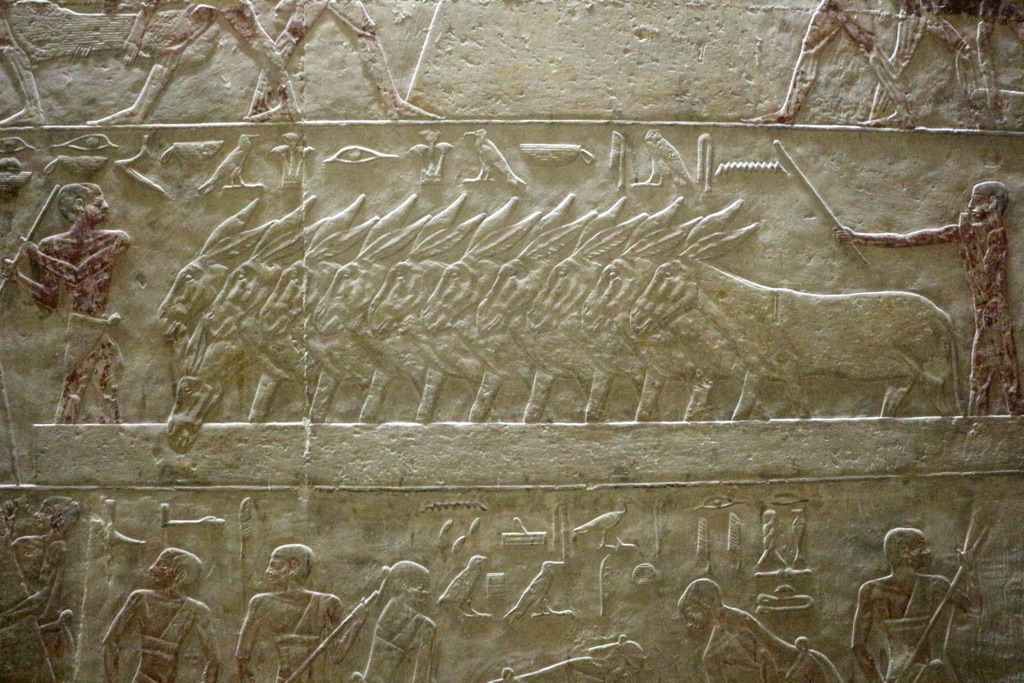
How is the archaeological site of the Mastaba of Ti being preserved and protected for future generations?
The preservation and protection of the Mastaba of Ti is a priority for the Egyptian authorities and the international archaeological community. The site is regularly monitored and maintained to prevent damage from environmental factors and human activity.
Conservation efforts include the stabilization of the structure, the cleaning and restoration of the reliefs, and the installation of protective barriers to prevent unauthorized access. In addition, the site is regularly inspected to detect and address any signs of deterioration or damage.
Education and awareness-raising are also key components of the preservation strategy. Visitors are encouraged to respect the site and its artifacts, and educational programs are in place to promote understanding and appreciation of the cultural heritage of ancient Egypt.
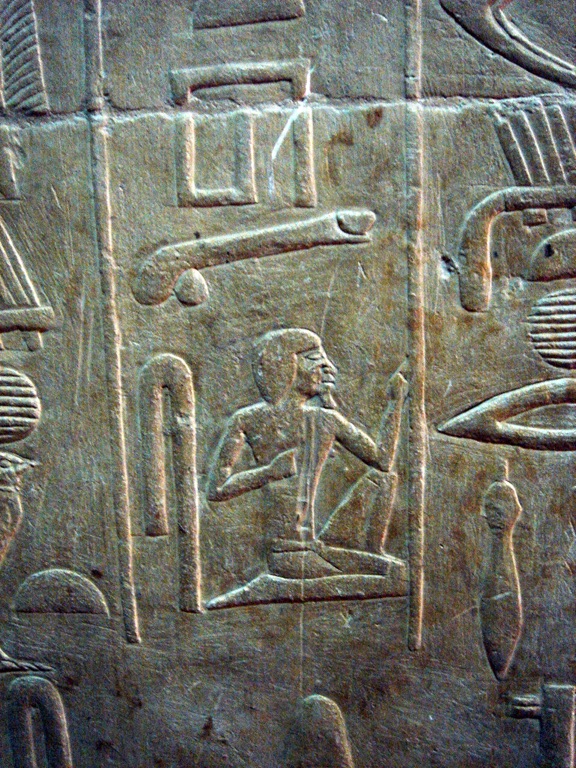
Conclusion and Sources
The Mastaba of Ti is a remarkable testament to the artistry, culture, and beliefs of ancient Egypt. Its well-preserved reliefs and inscriptions provide a unique window into the life of the elite in the Old Kingdom, while its architectural features and artifacts offer invaluable insights into the material culture of the period. Through ongoing conservation efforts, this important archaeological site continues to be preserved and protected for future generations.
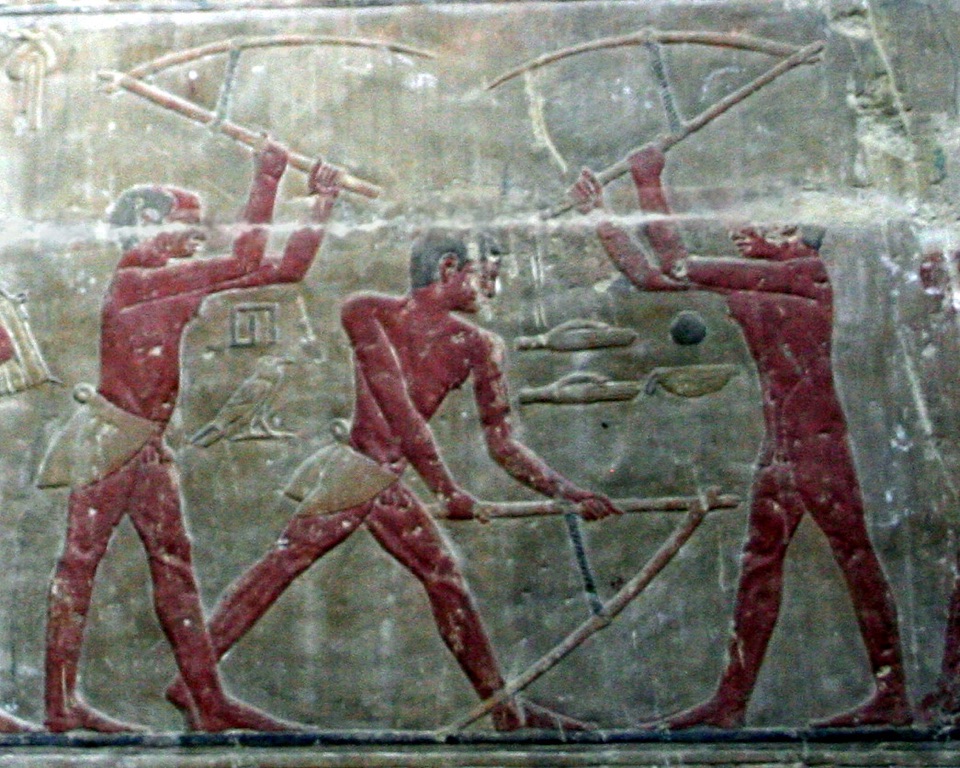
For further reading and to validate the information presented in this article, the following sources are recommended:

